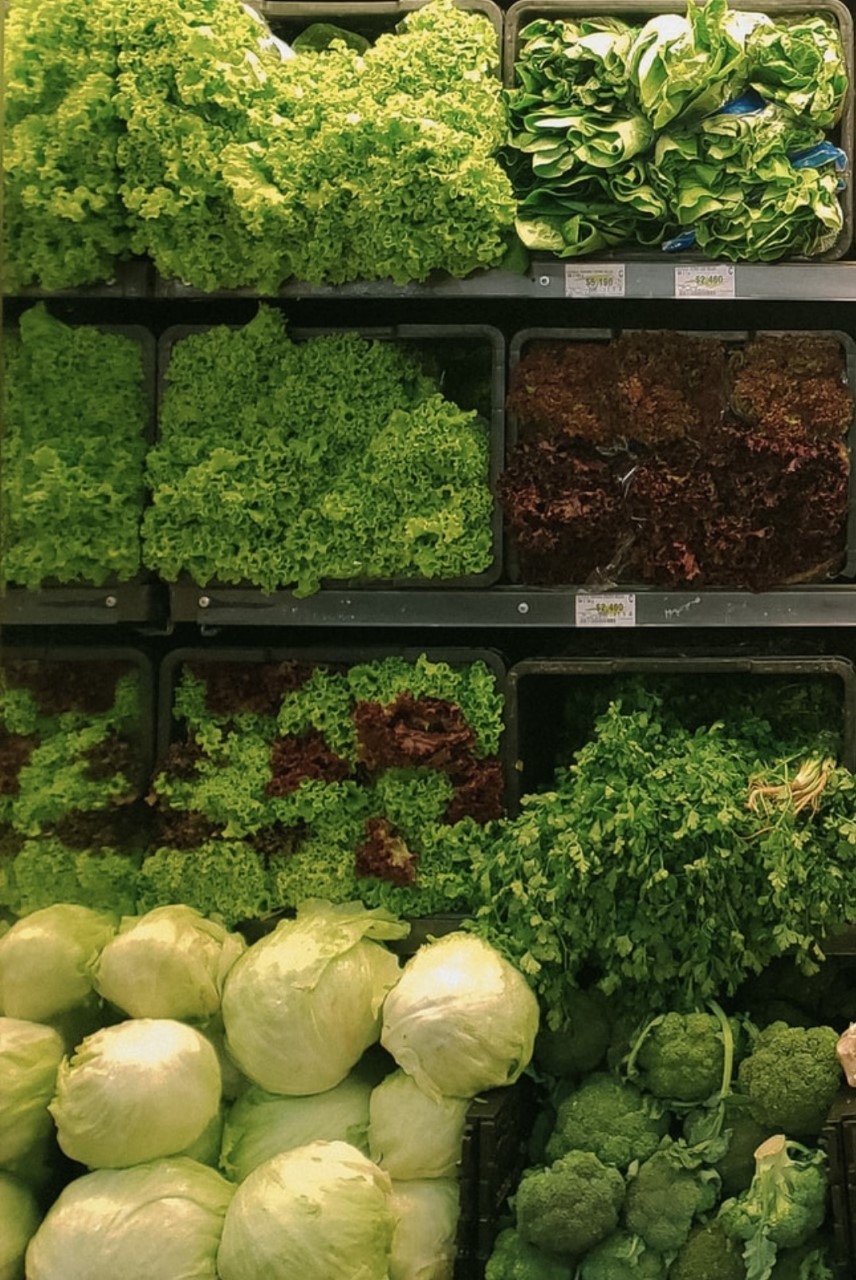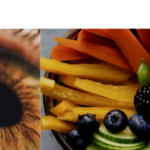Health Benefits of Lettuces
Do you eat lettuces (lactuva sativa)? It is an annual plant belonging to the daisy family and first cultivated by Egyptians. This leafy vegetable is often used in salads, wraps, sandwiches and soup. Which are your preferred lettuce and why? Are you aware there is a type of lettuce that is man-made, cheap and used by most take aways and restaurants that you must avoid? Read further and watch our video below to learn more.
We encourage everyone to maintain a healthy lifestyle so they can enjoy life till very late in their 70s,80s and 90s. Where possible, eat home grown organic and unprocessed foods. One of our neighbour’s 7 year old son has expressed a keen interest in gardening at this young age. It is sad that his parents are not keen gardeners and like most working parents, because of their hectic lifestyles, even mowing the lawn is time consuming and as a result, most homes that have gardens these days have artificial lawns to make it easier to maintain. As a result, most of the younger generation do not know or appreciate where their food originates from and how it is grown.
When you buy lettuces from the supermarket or shops, you will notice the bottom is brown. It means that the lettuce could be three days or four days or more old and all the Vitamin C and other vitamins and minerals are gone. This is caused by oxidation, similar to what happens when we cut fruits like apples and pears and leave these cut fruit exposed and not immediately consumed.
This is why we highly recommend growing your own lettuces. Even if you do not have access to an allotment or much land or garden. You can grow lettuces in small pots and maintain these on your window sill. Invest in some good compost do that the soil in full of minerals. Water the lettuces every 2nd or 3rd day, depending on how hot the climate where you are is. You cut off 2 to 3 leaves daily per person and this goes a long way, especially if you have a few pots of lettuces so all you need to do is cut a leaf from each pot. Grow a variety of lettuces such as Cos Lettuce, Romain Hearts lettuce, Gem Lettuce, Butterhead Lettuce, Leaf Lettuce, Batavia Lettuce, Lamb’s Lettuce and Oak Leaf Lettuce. These have higher amounts of fiber, vitamins and minerals. Iceberg lettuce has very little nutritional value and does not do much for your body. It is made up of 95% water and contains little fiber and minerals. This is why it is relatively cheaper than all the other lettuces mentioned above and it is widely used in most restaurants and takeaways.

Lettuces are a source of Vitamin K, which helps strenghten bones. It helps build cartilage and the connective tissue. Insufficient Vitamin K can increase the risk of fractures.
They are also a great source of hydration as 95% of it consists of water.
Lettuces also contain Vitamin A which plays an important role in eye health. It also helps in the development of new bone cells, the deficiency of which can lead to osteoporosis.
It may also help in controlling inflammation, aid weight loss and reduce cardiovascular diseases.
The darker the lettuce, the more nutrient rich it is. It also contains potassium that lowers blood pressure and prevents heart disease. Consuming lettuce can also increase the good cholesterol HDL and reduce the bad LDL cholesterol. Consuming lettuces regularly has been linked to lowering the risk of stomach cancer. It is a non starchy vegetable and helps protect against other cancers such as of the mouth, throat and esophagus.
Lettuces are low in glycemic index and therefore helps reduce the risk of type 2 Diabetes. It is Diabetes friendly as it is low in calories and carbohydrates. It also contains lactucaxanthin, an anti-diabetic carotenoid that lowers blood glucose levels and can be used to treat Diabetes.
Lettuces contain zeaxanthin which is an antioxidant that boosts vision health. It helps prevent age-related macular degeneration. Dark green lettuces also contain lutein which is also beneficial for vision health. Studies have shown that lutein and zeaxanthin play important roles in boosting eye health and preventing eye diseases such as cataracts.
If you are not used to eating lettuces or trying the various varieties mentioned above, look our for these the next time you go shopping. Try to buy the living lettuces, which are the ones still in soil. You can then put them on your window sill or kitchen and cut the leaves only when you are ready to use them. Observe how quickly the lettuce grows back so you can have more for many more days. This will save you some money on your grocery bills as well.
NEXT STEPS
Book in a complimentary 15 minutes Zoom call with us (valued at £99) to enable us to clarify questions you may have on a specific health concern.




